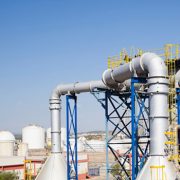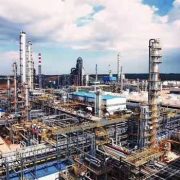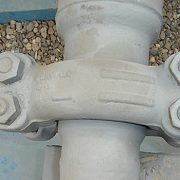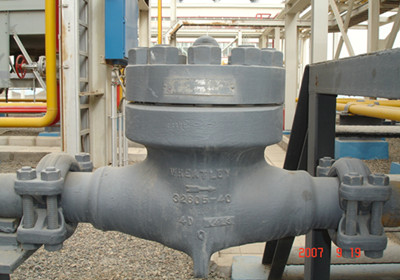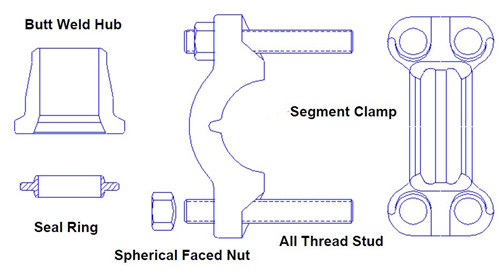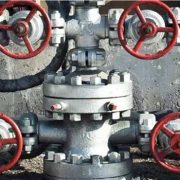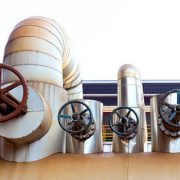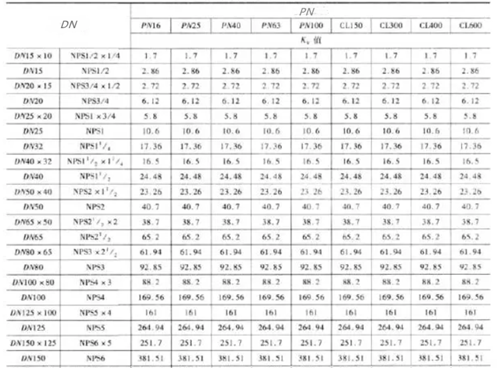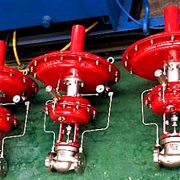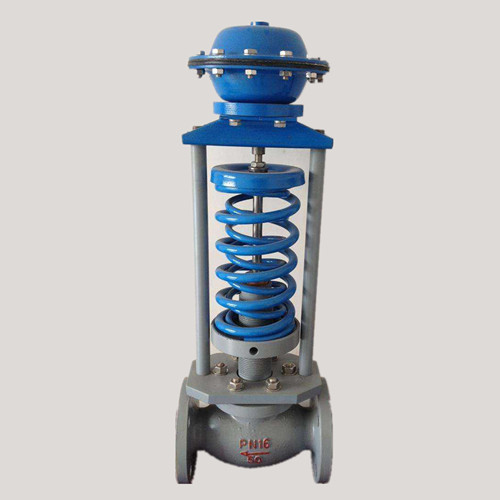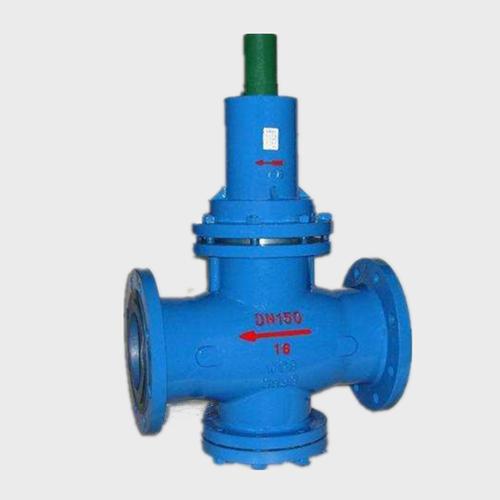The globe valve in ammonia application
Ammonia is an important raw material for the manufacture of nitric acid, ammonium salt and amine. Ammonia is a gas at room temperature and can be liquefied under pressure. Most metals such as Stainless steel, Aluminum, Lead, Magnesium, Titanium, etc. have excellent corrosion resistance to ammonia gas, liquid ammonia and ammonia water. Cast iron and carbon steel also have good corrosion resistance to ammonia gas or liquid ammonia, the corrosion rate is generally less than 0.1mm/year, so ammonia production and storage equipment is generally made of steel from the perspective of cost.
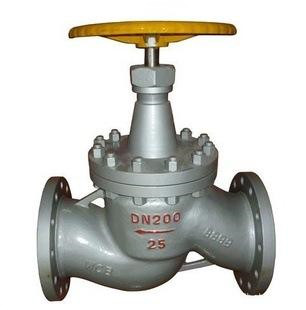 The check valve, globe valve, ball valve, and other valves can be used in ammonia and liquid ammonia piping system. These valves bring the gas pressure down to a safe level and pass it through other valves to the service system. Among them, the most commonly used is the globe valve. Ammonia globe valve is a kind of force-sealing valve, that is, when the valve is closed, the pressure must be applied to the disc so that the sealing surface are leak-free.
The check valve, globe valve, ball valve, and other valves can be used in ammonia and liquid ammonia piping system. These valves bring the gas pressure down to a safe level and pass it through other valves to the service system. Among them, the most commonly used is the globe valve. Ammonia globe valve is a kind of force-sealing valve, that is, when the valve is closed, the pressure must be applied to the disc so that the sealing surface are leak-free.
When the medium enters the valve from below the disc, it is necessary to overcome the friction of the stem and packing and the pressure from the medium. The force of valve closure is greater than that of valve opening, so the diameter of the stem should be large or the stem bending. The flow of self-sealing ammonia gas globe valve is generally from top to bottom, that’s the medium into the valve cavity from the top of the disc, then under the pressure of the medium, the force of valve closing is small and the valve opening is big, the diameter of the stem can be correspondingly reduced. When the globe valve is open, when the opening height of the disc is 25% ~ 30% of the nominal diameter, the flow has reached the maximum, indicating that the valve has reached the fully open position. Therefore, the fully open position of the globe valve shall be determined by the travel of the disc. So what are the characteristics of globe valves for ammonia application?
- Copper reacts with ammonia gas and ammonia water to form soluble complexes and produce dangerous stress corrosion cracking. In the ammonia-environment, even trace amounts of ammonia can cause stress corrosion in the atmosphere. Valves made of copper and copper alloy are generally not suitable for ammonia applications.
- Ammonia globe valve is ono-rising-stem cone design compared with the common globe valve. Its sealing surface is mostly Babbitt alloy and the valve body is made of stainless steel CF8 or high-quality carbon steel WCB to be used to the maximum requirements, can be resistant to ammonia corrosion, low-temperature resistance to -40℃.
- The tongue and groove face design of flange connection ensures reliable sealing performance even when pipeline pressure fluctuates.
- Multi-layer PTFE (PTFE) or Babbitt alloy sealing material and a composite soft packing made of PTFE+ butanol + spring) ensure that the valve packing box is free of leakage during the service life.
- PTFE plain gaskets, stainless steel + graphite wound gaskets, stainless steel + PTFE wound gaskets are also recommended for ammonia valves.
The handwheel of the ammonia globe valve is generally painted yellow to distinguish it from valves for other applications. In addition, vertical check valves and lift check valves are also available for ammonia applications. Their discs rise and fall depending on the differential pressure of the fluid and their own weight, automatically stopping the medium against the current and protecting the upstream equipment, suitable for most ammonia tank on the horizontal pipeline.

